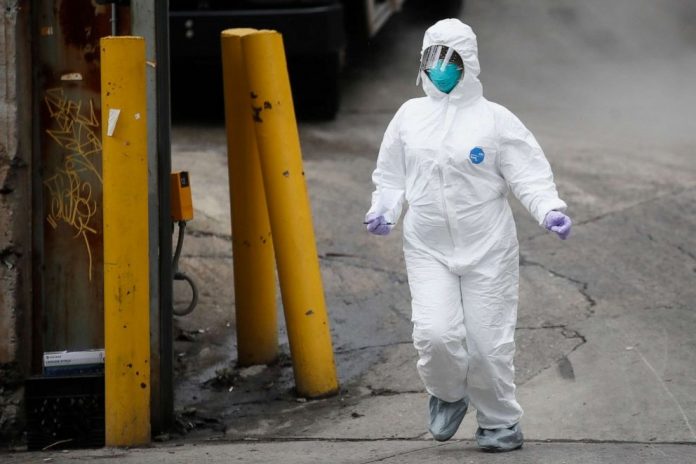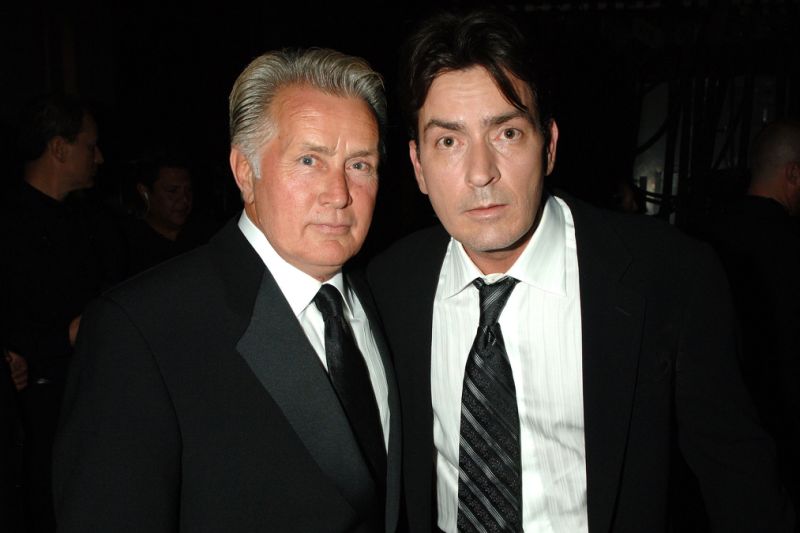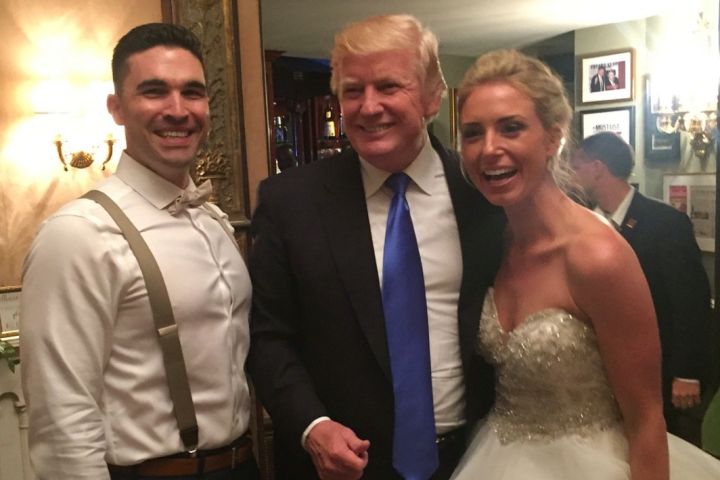In New York, the state hit hardest by the pandemic, Gov. Andrew Cuomo thinks “we’re on what they call the plateau, as opposed to the apex.”
“The hospitalization rate is down. The number of new people coming into the hospitals is down,” Cuomo told “Good Morning America” anchor Michael Strahan Friday. “It’s making it easier for the emergency rooms to deal with this because they’re at overcapacity to begin with. ”
In New York state, over 160,000 people have been diagnosed with COVID-19 — that’s more than any other state in the U.S. and country in the world.
The virus has claimed 7,000 lives in New York.
“The terrible news is the death toll is going up. And I understand the logic to that,” Cuomo said. “These are people who came into the hospital a couple of weeks ago, they didn’t recover, they were put on ventilators and once you’re on a ventilator, the longer you’re on a ventilator, the worse it gets.”
As preliminary data showed the largest percentage of coronavirus deaths in New York City was among Hispanics, the governor on Wednesday called for more testing in minority communities.
Hispanics accounted for 34% of COVID-19 deaths though they make up 29% of the population. African-Americans made up 28% of the deaths and 22% of New York City’s population.
“Are we shocked that the rates are higher in the African-American/Latino community? We shouldn’t be, Michael, if we’re being honest,” Cuomo told “GMA.” “We know that there’s inequality in the health care system. We know that the poorer communities often pay the highest price for these types of emergency situations because they’re really just bringing to light that systemic racism and discrimination in the system.”
“Let’s learn from this moment,” Cuomo said. “It’s testing and understanding why the minority community has a higher rate. Is it because they work in public sector jobs and they were essential workers and they didn’t have the luxury, Michael, of staying home? And they didn’t have the luxury of going to stay at their second house? Or staying with a relative in their home in the suburbs?”













